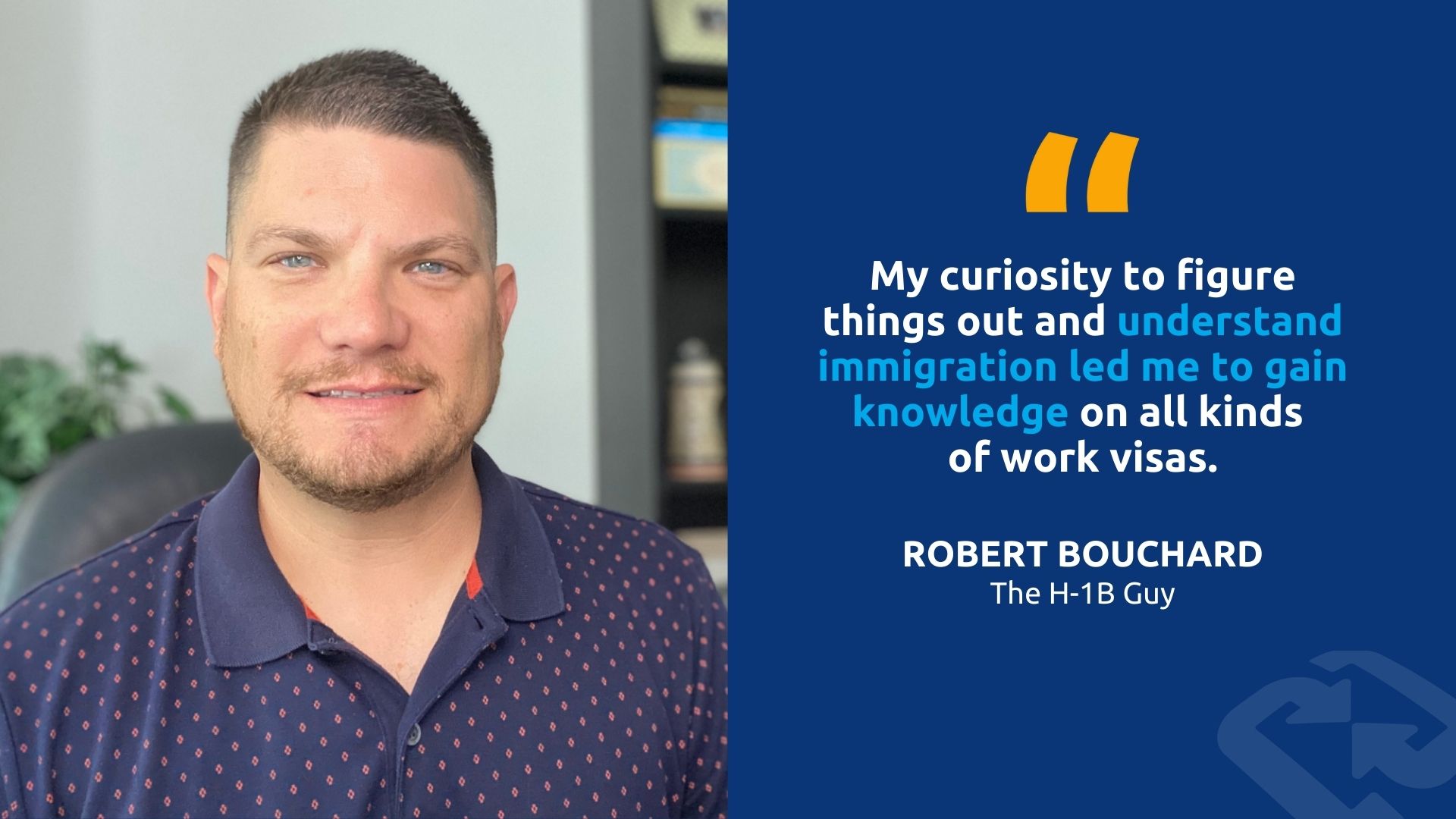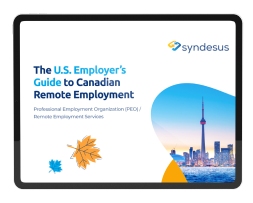The Problem
Over 300,000 skilled immigrant workers apply for the H-1B lottery each year. This process only grants 85,000 opportunities to apply, and guarantees nothing, which leaves many skilled workers in a state of constant limbo, anxiety, and uncertainty.
The US system has a seven percent cap on country of birth for green card applications – meaning each country is given a small portion of the total allotment.
However, most of the applications received only come from two countries – India and China. Those applicants are subject to wait more than 3,000 days for their final action date. That’s 8 to 10 years.
The long lists of backlogs and arduous processes means American companies are losing talent.
Perhaps one of the worst issues in this system are the Documented Dreamers (minors that were born outside of the US) who enter the country under their parents H-1B.
When they apply for college, they’re treated as international students (and pay higher tuition) – even if they’ve lived their whole lives in the US and identify as American.
Once they turn 21, they age out of the system and risk being deported, unless their parents’ status is adjusted. If not, they go into an OPT or H-1B visa and the process starts all over again – leaving them no better off than when their parents arrived decades earlier.
The country’s outdated system is equally troubling for employers trying to find or keep staff. The long lists of backlogs and arduous processes means American companies are losing talent.
Many companies aren’t willing to carry the costs of Green Card sponsorship, so international students and foreign workers are forced to look elsewhere for work. There’s a clear gap with few resources.
The Impact
For those researching their immigration options, there is a thought leader who serves to guide, educate, and coach. His content on social media has been gaining traction steadily since its launch one year ago. He’s known as ‘The H-1B Guy,’ but his friends call him Robert.
Robert Bouchard grew up in southeast Georgia. After completing his business degree at Georgia Southern University, he worked in IT support and got exposure to network systems and the tech space.
Soon after, he worked for a large recruiting firm where he built and executed an immigration program and strategies around global recruitment for highly skilled workers.
“My curiosity to figure things out and understand immigration led me to gain knowledge on all kinds of work visas,” he explains. “Soon I was providing guidance on visas and working with third-parties that have a lot of H-1Bs on their staff.”
Robert built up his relationships and learned how to create programs and automation around delivery strategies for companies looking to hire foreign workers.
When the pandemic hit, Robert’s role was greatly impacted, and he lost his job. He says he quickly realized that there were not many staffing experts like him talking about immigration online. He decided it was time to make a move and start a company that would really make a difference.
“I had this vision of ‘The H-1B Guy’ because that’s what my colleagues would call me. It was always ‘Ask Robert. He’s the H-1B Guy. He can answer that question.’”
In June of 2020, three weeks after losing his job, he created his social media profiles and registered his company. His YouTube channel ‘The H-1B Guy’ was born. He did a live stream and received his first client on day one. He knew he was onto something big.
The channel slowly and organically started to take off. Now, over a year into it, Robert’s channel and website averages about 40,000 views a month and he has helped hundreds of people around the world.
Aside from his online content, Robert also works as a consultant with both staffing firms and tech startups. He’s found a way to blend his skills – helping staffing firms that don’t have the resources to hire a specialist full time, and tech startups to find employees who are a great fit, but are on temporary visas and have little knowledge about how to bridge the gap.
“I merged my professional knowledge in this very niche skill of ‘work authorization expert.’ I’m not an attorney but I know how to help employers solve complicated work authorization issues that come up in the recruitment process”
He helps individuals get their evidence together to achieve compliance. Most of the individuals Robert works with right now are those who’ve been selected for the H-1B lottery, those who are stuck outside of the US and trying to get back in, and folks who are currently in the US trying to decide what’s best for them and their Green Card applications.
“This work is something that intrigues me. I’ve always just had this curiosity of folks around the world,” he explains. “Fortunately, now in this borderless society information is at our fingertips in a matter of milliseconds. I like to read all sides of it. I put it all together and try to give a real genuine opinion and I think that’s what’s created a lot of interest in my platform.”
The Solution
Robert’s vision is to bring awareness and educate on complicated subject matter. He says many employers don’t understand the value of H-1B visas and the jobs they create in the US
He estimates that every H-1B visa employee creates two American jobs.
“I want employers to realize that while sponsorship is an investment and it is a significant commitment to the employee, the value [they] can bring to the organization is at least two-fold, but the cost of that position remaining open is expensive.”
Though Robert is a passionate advocate for US jobs, he has been working to connect employers to PEO’s like Syndesus and its affiliate Path to Canada. He says Canada has recently been named the number one nation for folks looking to relocate for work because of their universal healthcare, their quality of life, and the infrastructure.
“It makes sense to use a PEO and Global Talent Stream to help employers here in the US”
Robert calls Canada’s Global Talent Stream ‘H-1B with the handcuffs off.’ He says he’s a little envious of the process and admits he’s a big proponent of merit-based immigration systems like the ones in Canada and Australia.
When asked why he supports Syndesus, who helps workers who can’t stay in the US find solutions in Canada, Robert says the relationship is effective, especially when his employers don’t know what else to do. Often US laws are so restrictive, that employers have very few options.
“[Syndesus and I] are both in this weird immigration technology space, which quite honestly is going to continue to expand. It makes sense to use a PEO and Global Talent Stream to help employers here in the US”
Once a visa is denied, workers have 60 days to leave the country. He says due to cultural reasons, timezones, and quality of life, Canada is the next best option.
Syndesus can help employers keep their highly valued staff, help them relocate to Canada, and manage Canadian payroll, benefits, healthcare, and tax processes.
In Canada, skilled workers can get on a much faster track to permanent residency, spouses can work and those Documented Dreamers have the opportunity for a much brighter and more secure future.
“If you’re looking at a situation where you need to keep this OPT individual on staff because you’ve spent money training them or you just like them as an employee and they do really good work, that’s where Syndesus comes in,” Robert says.
And for those high-value employees who don’t have the support of their American employer and need to leave the country?
Canada is still a great Plan B, with organizations like Path to Canada that help match employees with Canadian employers who are hungry for skilled talent and will support the immigration process.
The Results
When asked about what he’s most proud of, Robert says it’s the little things that keep him going – messages of support and encouragement for his work.
“It’s a privilege to be paid to help somebody solve a problem, and when I help them solve that problem, it changes their life.”
Part counsellor, part consultant, and part media personality means every day is a little different. The H-1B Guy isn’t your typical nine to five gig.
With two children, Robert keeps his work hours flexible by planning content in advance, creating schedules, and reading a lot to stay on top of the ever-evolving world of US immigration.
Sometimes content production takes a back seat in order to help real people.
"Don’t spend the key earning years of your career in the US waiting for something to change. Reach out to the folks at Syndesus and explore your options."
But the work is only just beginning, he says. Technology and innovation have driven the American dream, and there’s a long way to go to update and reform the system.
“In May I had over 55 different countries view my website. That’s pretty cool. That tells me I have a global audience interested in what I have to say.”
When asked if he has any advice for foreign-born highly-skilled workers in the US, Robert says it’s important to maximize your time.
“Understand that you’ve got 12 to 36 months to get US experience. It’s okay if you decide to go somewhere else like Canada because you’re going to do so with a US education and US experience.”
And for those currently in the H-1B cycle, he says if you’re unhappy, don’t wait until it’s too late.
“Don’t spend the key earning years of your career in the US waiting for something to change. Reach out to the folks at Syndesus and explore your options.”





